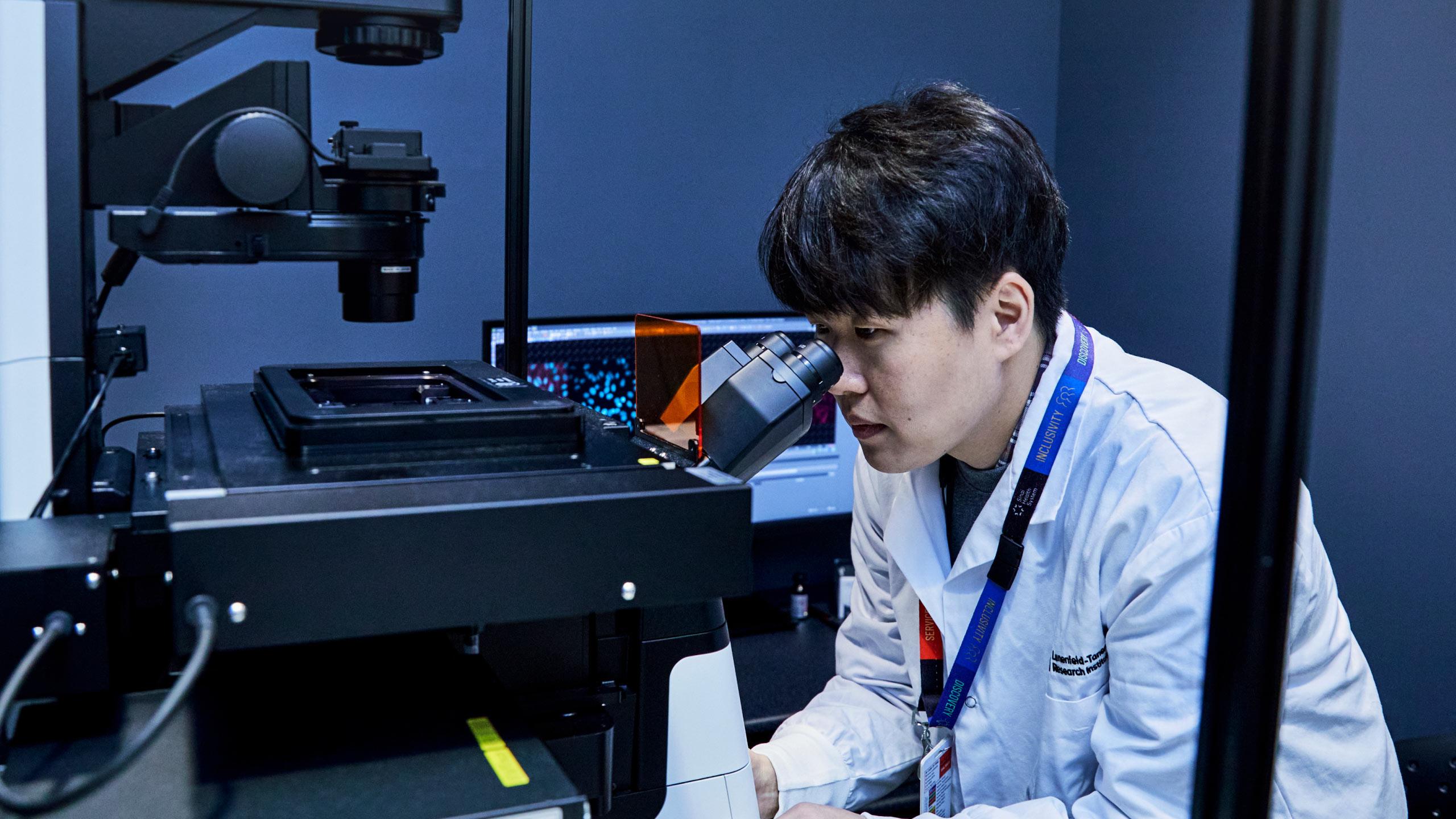Uterine Fibroids
Learn more about fibroids and how they are treated.
Overview
Uterine fibroids are non-cancerous tumours that grow in the muscle of the uterus.
Fibroids are common and vary in size and type. They can cause a range of symptoms depending on factors such as their location and size. Many people experience no symptoms.
Fibroids can grow within the wall of the uterus, inside the uterus where menstrual blood is made and babies develop, or on the outside of the uterus.
Their size can range from as small as a grain of rice to as large as a melon or more.
Symptoms
Symptoms of fibroids can vary based on their size, type and location. Many people have no symptoms.
Common symptoms may include:
- Abnormal uterine bleeding
- Pelvic pressure or bloating
- Constipation or difficulty urinating
- Pain during intercourse
- Infertility
Diagnosis
If you have symptoms of fibroids, your physician will confirm the diagnosis with a pelvic exam or ultrasound.
In some cases, an advanced ultrasound called a sonohysterogram or magnetic resonance imaging (MRI) may be needed to make the diagnosis.
Treatment
Treatment for fibroids is recommended to relieve symptoms or preserve fertility. The recommended treatment will depend on your specific symptoms.
Oral pain medication
Non-steroidal anti-inflammatory medications, such as ibuprofen or naproxen, can help reduce menstrual bleeding.
Tranexamic acid
This non-hormonal medication can be taken on days when you have heavy bleeding to reduce blood loss.
Hormonal therapy
Birth control medication (such as the pill, the ring, the patch or a progesterone IUD) can thin the lining of the uterus and decrease bleeding.
Gonadotropin-releasing hormone (GnRH) agonists
This medication causes the ovaries to stop producing estrogen, which induces a reversible, medical menopause. It is used to shrink the size of fibroids and relieve symptoms such as pelvic pain or pressure.
GnRH agonists also reduce the volume of menstrual flow and help correct anemia.
GnRH antagonists
This type of medication causes your ovaries to stop producing both estrogen and progesterone, which helps to shrink fibroids and relieve symptoms.
Uterine artery embolization (UAE)
This minimally invasive procedure shrinks fibroids by cutting off their blood supply. An interventional radiologist performs the procedure using X-rays to see the fibroids. Not all patients are eligible for this procedure. A health-care provider will determine if this method is right for you.
Myomectomy
A myomectomy is a surgical procedure used to remove fibroids.
Myomectomy can be performed hysteroscopically, laparoscopically, with robotic assistance and by laparotomy.
During surgical planning, we will consider your goals, the size and location of the fibroids, and the abilities of the surgical team.
Our team can often perform this surgery using minimally invasive techniques.
Hysterectomy
Surgical removal of the uterus (hysterectomy) may be recommended for patients who do not plan future pregnancies. This method is the only way to eliminate the possibility of a recurrence of fibroids.
Hysterectomy can be performed vaginally, laparoscopically, robotically and by laparotomy.
Our team specializes in minimally invasive surgical approaches, including some of the most difficult cases.







